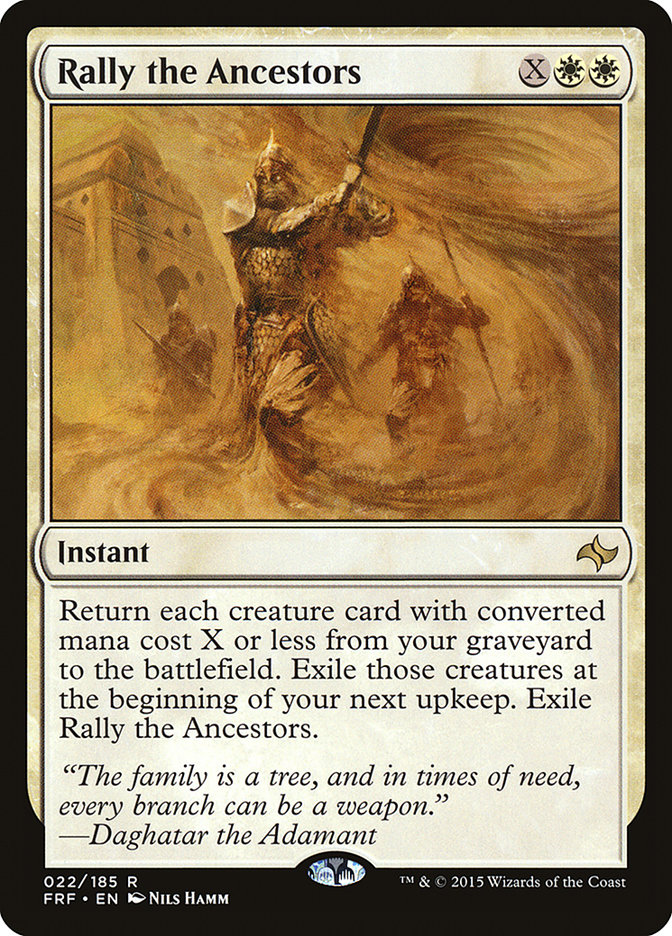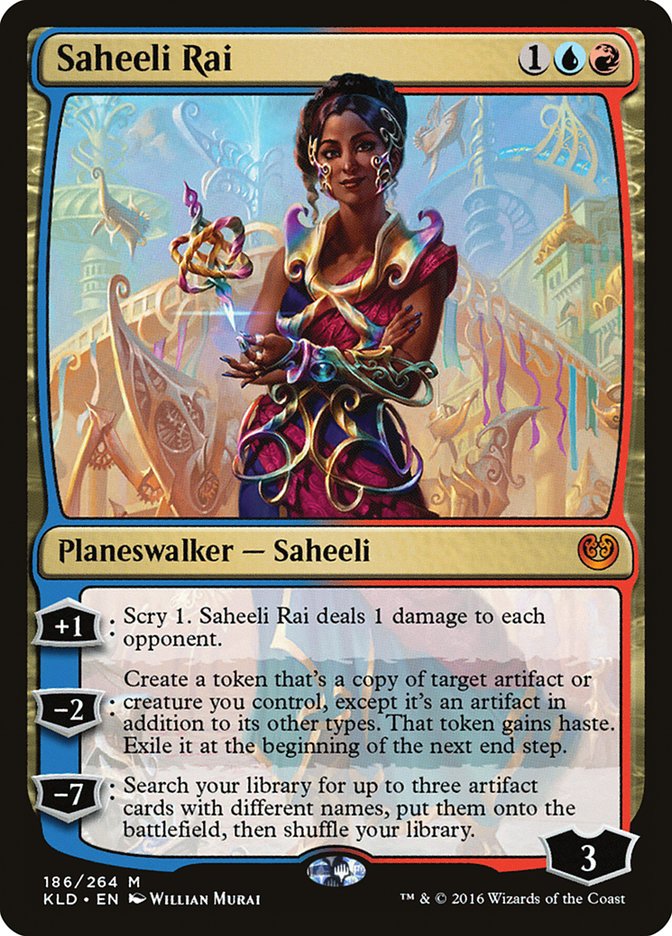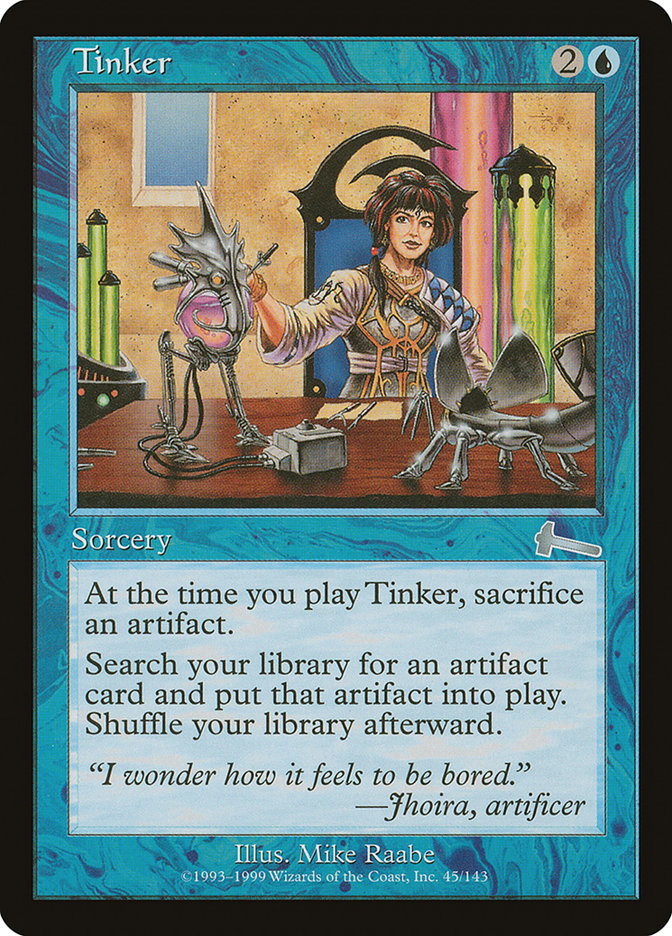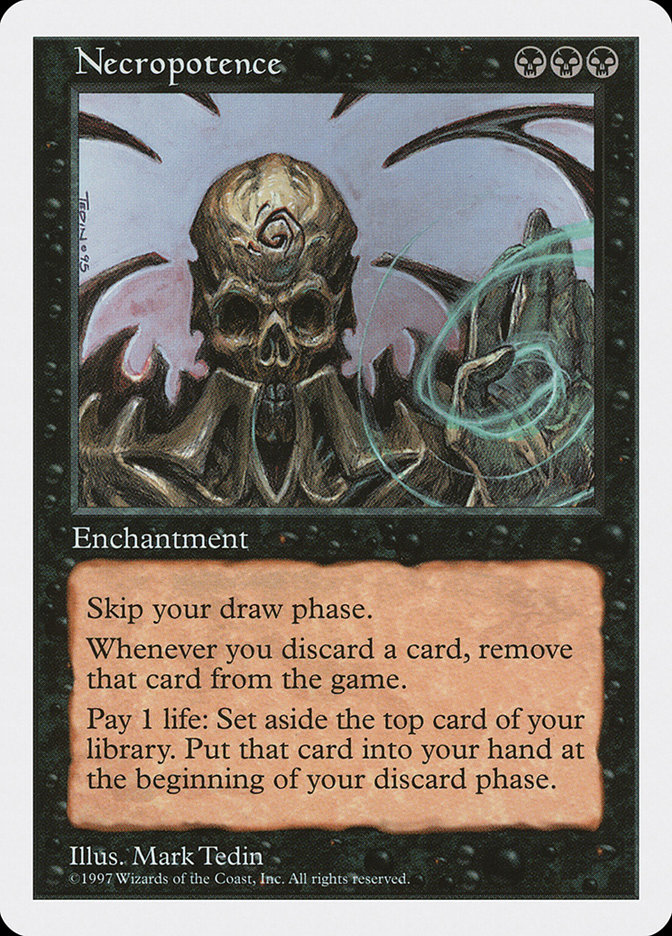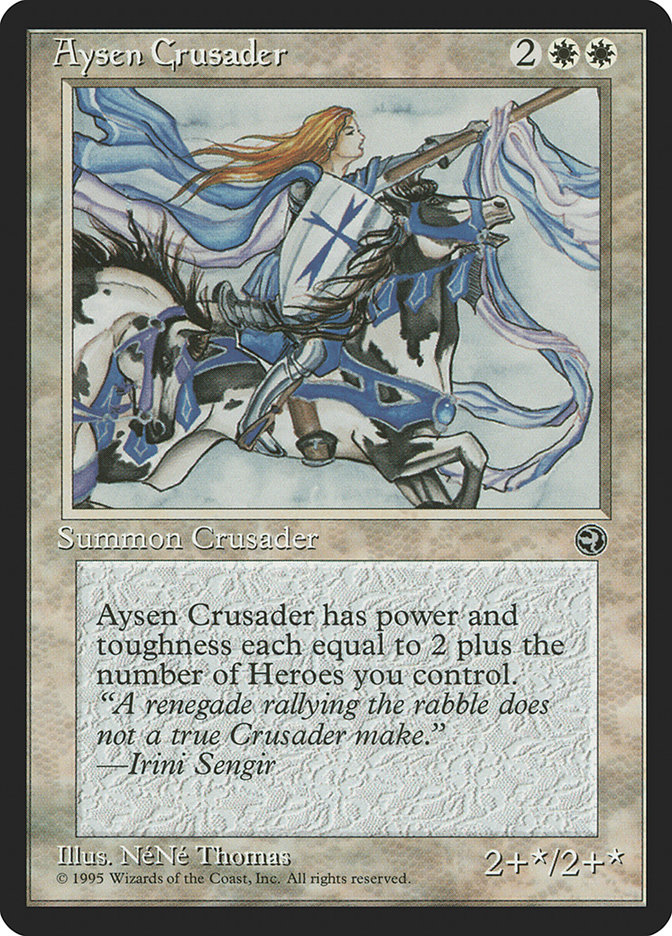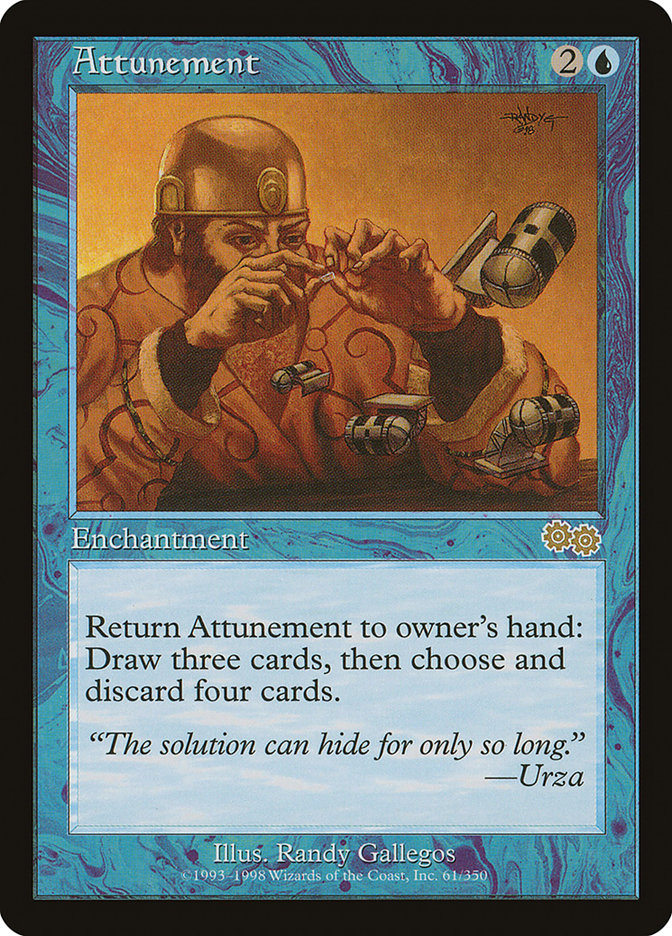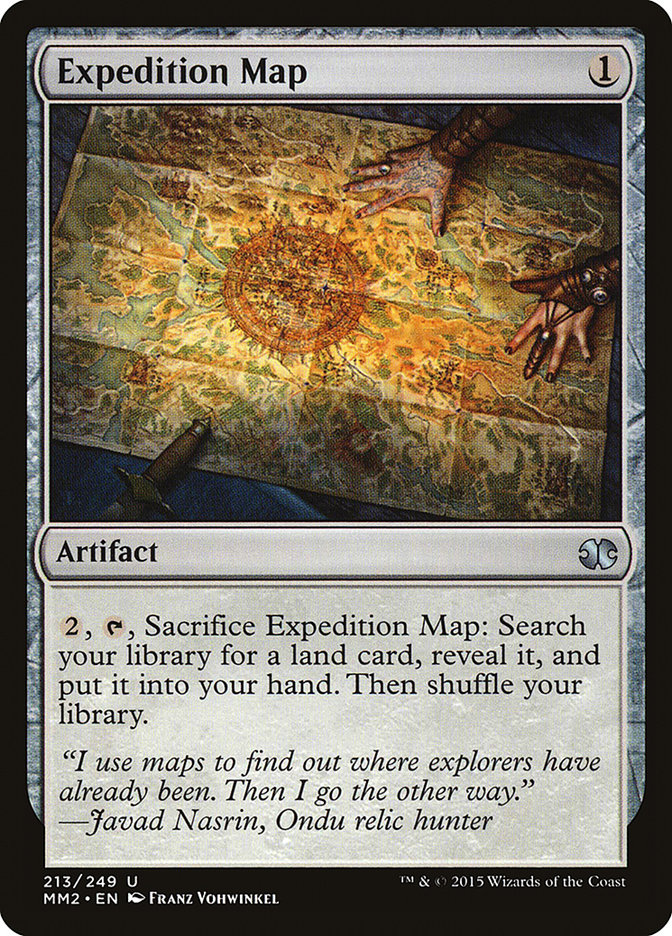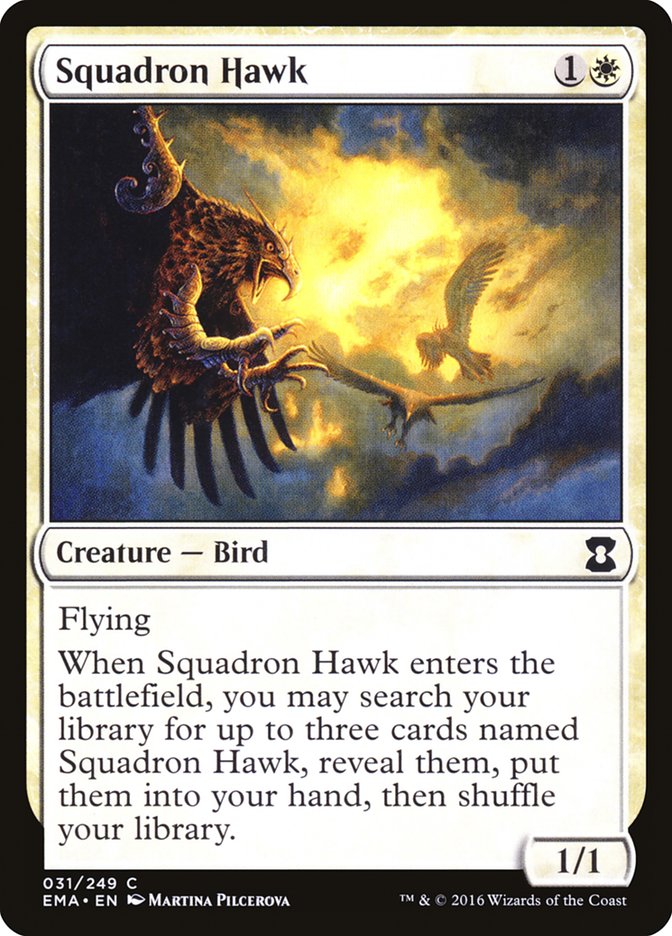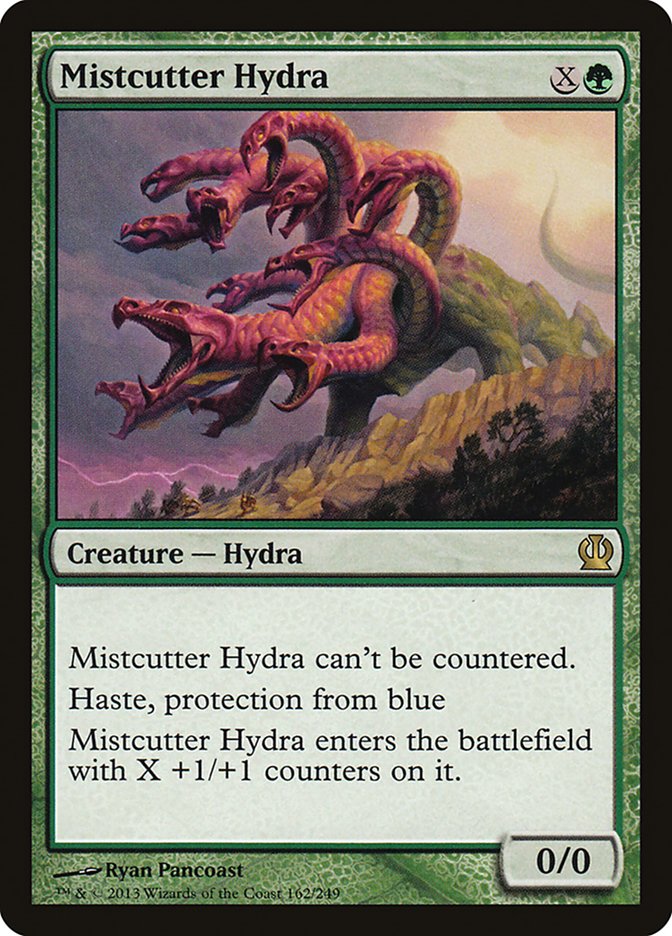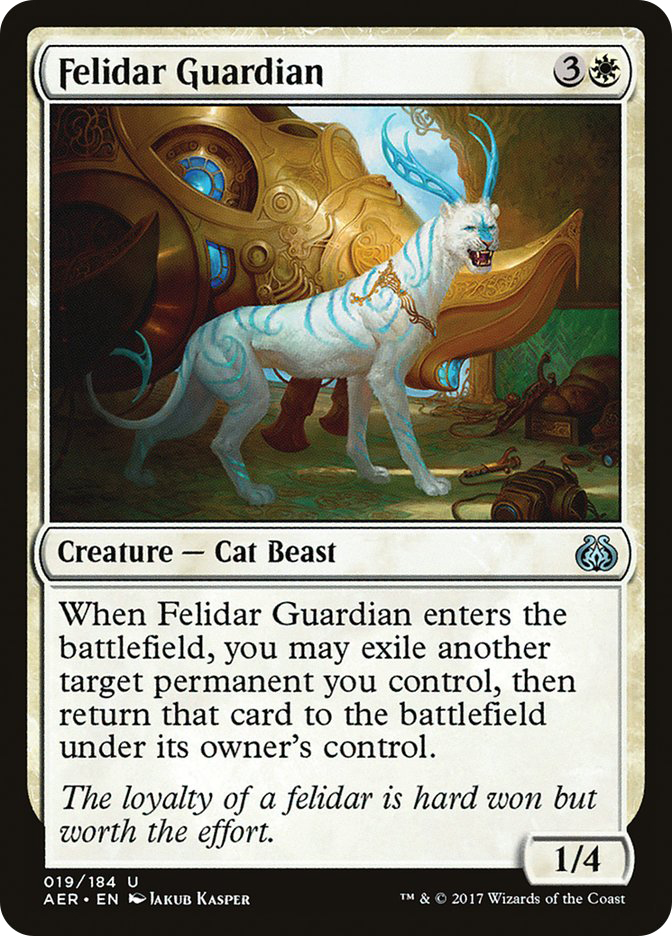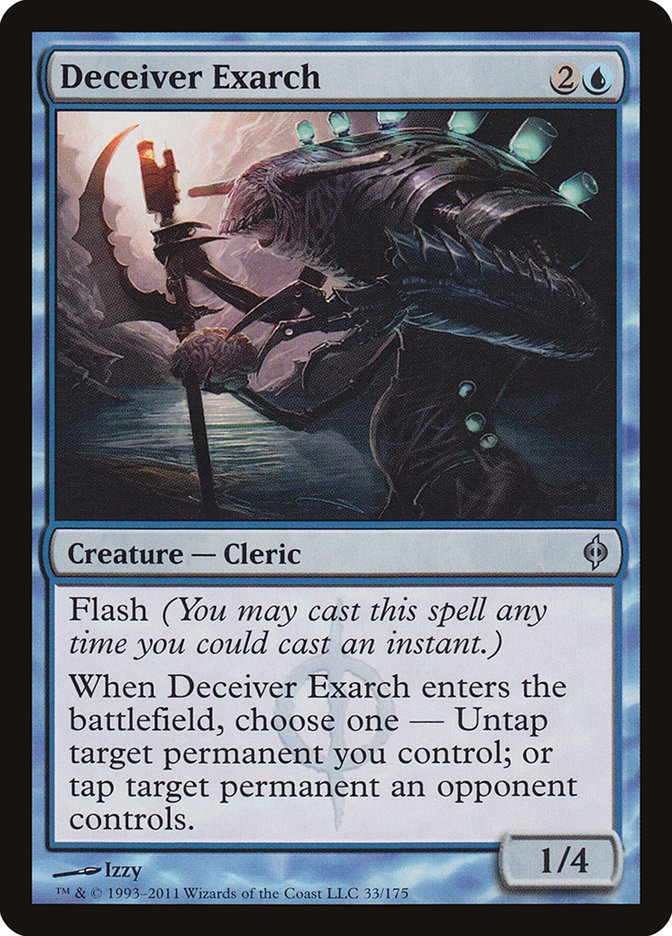I’ve seen a lot of Standard Magic. I’ve played a lot of Standard Magic.
I’ve played some Modern. I’ve played quite a bit of Legacy. But even without being personally involved in Standard for the last several years, I’m positive that an overwhelming majority of the Magic matches I’ve played over my two decades in the game have been Standard.
Twenty years and then some (and counting), I’ve been Magic’s biggest fan. I take joy in all Magic, and there’s plenty of room to play in the ways you want to play.
Actually, let’s do a quick sidebar.
You don’t have to play Standard. Now, if you want to be a successful SCG Tour star or a Pro Tour regular or even just the best at most local game stores, then yeah, you’re going to have to play under the Standard format umbrella. But it breaks my heart at events, especially those late in the calendar year when everyone is exhausted, hearing players say they’re in desperate need of a break…and all the while there are Cube groups and Commander pods all over the convention hall having a blast.
There are a lot of different types of Magic to play. I recommend them.
Back to Standard.
The Ghost of Standard Past
Standard has not succeeded in many of its traditional goals lately. The pattern is now going on years, which is kind of amazing.
Typically, format criticism falls into one of a few perspectives, many of which have overlap. This is not meant as an exhaustive guide to all problems someone can have with a format, but as someone who consumes more Magic content than anyone else in the world (not hyperbole), these are the most common complaints I see:
Criticism 1: I can’t play the type of Magic I want in this format.
Criticism 2: The number of decks that are reasonable to select from is too few in this format.
Criticism 3: Another format is providing a better version of this format.
Criticism 4: The format costs too much relative to the amount of enjoyment I’m getting.
Criticism 5: The format has too much card redundancy; different archetypes all rely on a lot of the same powerful cards, instead of being built with different synergies and strategies.
Criticism 6: I do not believe the format is healthily supported. (Note that this can include having few events, poor development, and so on. The idea of “support” is not exclusive to one concept.)
No one is obligated to ascribe to one, all, or any of these criticisms. They simply form a paraphrased chronicle of the most common things I see and read when “the problem” comes up.
Notice that I put “the problem” in quotes because we rarely talk about these things in multifaceted ways, which is sad, because the entire foundation of success in this game is to do just that. Base-level thinking is all around us. The average human IQ demands it by definition. But a lot of us, as Magic players, talk about deckbuilding in advanced “next level” ways. We talk about playing match ups in “next level” ways. Yet our approach to fixing formats is always oversimplified nonsense.
An interesting thing about Standard and the struggle to put it in a place where it is as healthy and enjoyable to most as it has been in other times, is that a tremendous number of the proposed solutions are base-level solutions, i.e. not solutions at all.
Let us also take a quick moment to dismiss the idea that Standard has always been great in the past. It hasn’t.
Lots of cards were too good. Lots of interactions were missed in development. We may look back fondly on a lot of these formats because we were there, but that doesn’t make them good, even in hindsight.
The key here is understanding that context and environments change. And I’m not talking about a Magic metagame—I’m talking about the everything metagame.
Magic isn’t going anywhere. It’s too good. It’s too inspired, and too many people love it too much. It doesn’t matter if there’s a movie or not. It doesn’t matter if there’s a Hearthstone or not. It doesn’t matter if there’s a DCI or not. The game has enough foundation and enough passionate fans that the game is going to exist in some manner even if the only tournaments take place through grassroots causes and email lists. An overwhelming amount of the concern for Magic’s life and death lies in how much we love the game, rather than anything logical.
Don’t believe me? The longest break between set releases in the game’s history was after Homelands. There was Homelands, and then there was nothing. For a long time. And the game is still here.
And Homelands was horrible.
The Ghost of Standard Present
So if this isn’t about Magic going away or dying or any of the other hypersensitive doomsday scenario stuff, what is it about?
Well, it’s about Standard. On a ten-point scale, how would you rate the last few years of Standard? How would you rate Collected Company Standard? How would you compare it to Felidar Guardian Standard? How would you rate Jace, the Mind Sculptor Standard?
Here’s why these comparisons are useless:
A “2/10” Standard format in 1997 isn’t as bad as a “6/10” Standard format in 2017.
I know people in Renton. Good people. They’re there because they’re experienced, they know the game, and they’re smart. But the idea that a format “isn’t that bad” compared to previous iterations of itself merely because they have the same format title is a futile waste of energy.
Affinity Standard and Caw-Blade Standard being worse formats than the recent ones means positively nothing, the same way that the game being at its absolute best means nothing if the world somehow collectively loses the ability to print the cards to play with. It doesn’t matter how bad Ice Age was and it doesn’t matter how great Ravnica was: it’s 2017, and people do not enjoy the structure of this format in the same way they used to, because you can’t fail to evolve a concept and just assume the plan you came up with in the game’s infancy will work forever.
Standard was conceived before Netflix.
Standard was conceived before smartphones.
When Standard was born, a lot of us didn’t even have the internet.
Things change.
The Ghost of Standard Future
Those that know me know that I play a lot of video games in my spare time. I spend a lot of time professionally with Magic, so for years I’ve had other types of gaming as my work reprieve. It was one of these “side” games that hammered home to me just how infinite the hopelessness is in making Standard (as it exists now) what enough players want it to be.
Overwatch is an online game where two teams of six choose different “heroes” that each play to a certain role within their team. It’s a cooperative game that relies on coordination and competence between teammates to achieve a goal. More importantly, it’s owned by a company with unimaginably deep data troves, a huge bank account, and a game that doesn’t have nearly the number of moving pieces that Magic does.
And they change it all the time.
There is always a skill to be tweaked, a decimal point here, a cooldown timer change, a little more armor, a little less health, a small nerf here, a big buff here, an objective moved a foot, a shield getting this, a respawn shifted a bit to that.
They aren’t the same game. I get that. But playing other games teaches us about Magic, and Magic teaches us about other games. If we’re smart, anyway.
So what did I learn?
You can’t make a game perfect. But you can adjust it.
It’s been conventional Magic wisdom that formats should be left alone as much as possible. Then, if intervention is required, you remove the most oppressively powerful cards.
Imagine in Overwatch or League of Legends if, instead of tweaking a character’s stats when there was a gameplay imbalance, they patched them out of the game altogether. Imagine that every time someone broke a bone, the surgeon amputated the entire limb.
“The problem” is that Smuggler’s Copter is too good.
“The problem” is that people are too invested in the format to take expensive cards away flippantly.
“The problem” is that everyone wants something different out of the format.
“The problem” is that planeswalkers and “story cards” are too pushed.
“The problem.”
“The problem.”
“The problem.”
The problem is that there isn’t one problem. There’s never one problem. The problem is that the problem is actually a web of complexities born from a game with a lot of different people that want a lot of different things in a lot of different contexts as they live a lot of different lives.
Here’s how I would propose looking at (and in some cases, solving) “the problem.”
Did you lose the game when your opponent cast Entreat the Angels for its miracle cost? Or did you lose the game when they set up Sensei’s Divining Top and Counterbalance and then Brainstormed fifteen more times than you did?
Did you lose the game when your opponent attacked with Ulamog, the Ceaseless Hunger? Or did you lose the game because they were able to use three low-mana tutors to find the pieces to do so?
What if, instead of looking at giant finishing-blow cards as development mistakes that must be removed from the format, we looked at archetypes as one entity that can be tweaked on instead of blown away with a shotgun blast of traditional ban philosophy?
What if, instead of axing people’s $30 Stoneforge Mystics and $100 Jace, the Mind Sculptors, we tried the format without Preordain, Mana Leak, and Squadron Hawk? What if we tried Dredge without Cathartic Reunion and/or Faithless Looting before we took Golgari Grave-Troll back out? What if we looked at possible effects of losing Thraben Inspector first before shrugging and being sad we have to toss all that wasted marketing on Gideon, Ally of Zendikar?
I can hear the base-level kneejerks already.
“But Danny, getting rid of a low-impact card doesn’t solve the problem. X card is the problem.”
No, “the problem” is that cards are expensive, a lot of people own the card, Standard is important to a lot of people and to the game, people have emotional attachments to cards, and a hundred other things.
“The problem” is not one problem.
So instead of just cutting formats to ribbons, why not take away a piece here and there to see what happens? What about using a light touch instead of a sledgehammer? If Jace and Stoneforge are still too good; if Golgari Grave-Troll is still too good; if Gideon, Ally of Zendikar is still too good; then what’s the difference? You’re almost exactly in the same place you are now, except…
1) Nobody has lost a bunch of value in splashy cards they don’t want to lose. Card values rise and fall all the time through natural metagame movement. This would create much more fluid movement in market prices as opposed to expensive cards tanking immediately.
2) You give players an updated challenge. What’s the new best one-drop to ensure you can crew faster than your opponents? Is there another counterspell we can use now that Mana Leak isn’t available? What’s the best way to keep Faeries alive without Spellstutter Sprite or Rune Snag? This yields interesting dynamics to deckbuilding, emerging nuances to discover, and a ton of hope for players to think their favorite deck idea can come out of obscure nothingness and into potential viability. That wonderful feeling during preview seasons when your mind goes crazy with deck ideas? We can have that a lot more than we have it now, and nobody has to feel like their favorite archetype has been thrown in the trash in the process.
3) We get a much more interesting discussion about the format and the game. In an ideal world, formats would be perfect from the get-go, fresh out of the pack. But they aren’t. And ban/unban discussions are as much a part of the Magic community experience at this point as trying to figure out whether or not new cards are real or fake. They stimulate the same “if this, then…?” problem-solving brain functions that draw us to the game in the first place. Embrace it. Nothing has to be set in stone. You don’t have to leave things banned. If you don’t like it, undo it and try something else. Imagine how much fun it would be to await Banned and Restricted announcements every month instead of dreading them, knowing that your most important cards were safe?
Other Notes and Thoughts
- The cards above are proof that the current development process doesn’t work. This is almost fundamentally the same mistake, and the first instance was not that long ago. That’s simply not acceptable by any measure.
- The ideas listed above don’t point to a hard and fast emphasis on story-driven pushes for certain cards and characters, but that isn’t a non-factor. I don’t know what the marketing data shows, but I can’t imagine an important character or short-term “whoa” factor brings in more players than a rapidly expiring format drives off. Who knows? Somebody, hopefully. Either way, the notion of putting less marketable and less story-relevant cards on the chopping block first can only benefit the whole “Gatewatch” situation and the people that worked hard on it.
- Magic R&D is composed of highly intelligent and highly qualified people, but pride cannot be the reason for process inertia. The game is too important to too many for something so small to contribute to very widespread negative effects. Fact: Two dozen people cannot create a format that tens of thousands won’t solve. And that’s okay.
- Every single decision made about bans and unbans will be criticized, no matter what the philosophy is. This isn’t going to change, nor should it. Magic is full of gray and difficult decisions, in-game and outside. If anything, this should take a lot of the pressure off the people making these calls. But it won’t eliminate dissent or anger; again, nor should it. If nobody’s angry, nobody cares. And that’s the only scenario that’s truly scary.
- Different formats require different discussions. By its nature, Standard has a lot of commons and uncommons that are easier to remove without player frustration or investment. Modern isn’t that way, so it isn’t as simple as just making generalizations about “rares and mythics being more off the table.” Generalizations and oversimplifications look clean and safe, but they create the same sorts of troubles we’re trying to move away from.
- This will never happen, but the thought experiment is still relevant.
- I believe the rotation schedule change was a good idea. I really liked it. It didn’t work, but that’s hardly a disqualification for the intent and implementation. It was a good swing. It just didn’t hit. There are lots of great ideas that don’t work out.
- The idea that the secondary market isn’t important or doesn’t influence WotC calls is obsolete. The Masters series, the proliferation of shockland printings, and so forth pretty much prove that. Not much point in being coy anymore.
- What happened to putting in-block answers in sets? Grafdigger’s Cage, Ash Zealot, and so forth? That seemed like a good idea that was abandoned. What in the world for?
- Overfocusing on the negative is not a good idea. Magic has had an amazing number of great ideas and implementation recently. The aforementioned Masters sets rule hard, the Masterpiece Series is great even when it isn’t, and Magic design is doing amazing things every year. The repairing of Standard’s processes will only help these inspired designs shine in spite of being buried under a few unexpected development curveballs.
I make no claims that this is a straightforward answer, but I think it’s a great direction to consider. I think a lot of these ideas present potential to the greatest possible benefit to the most Magic players, which should absolutely be the goal with every decision.
Here’s to Amonkhet and new beginnings!


